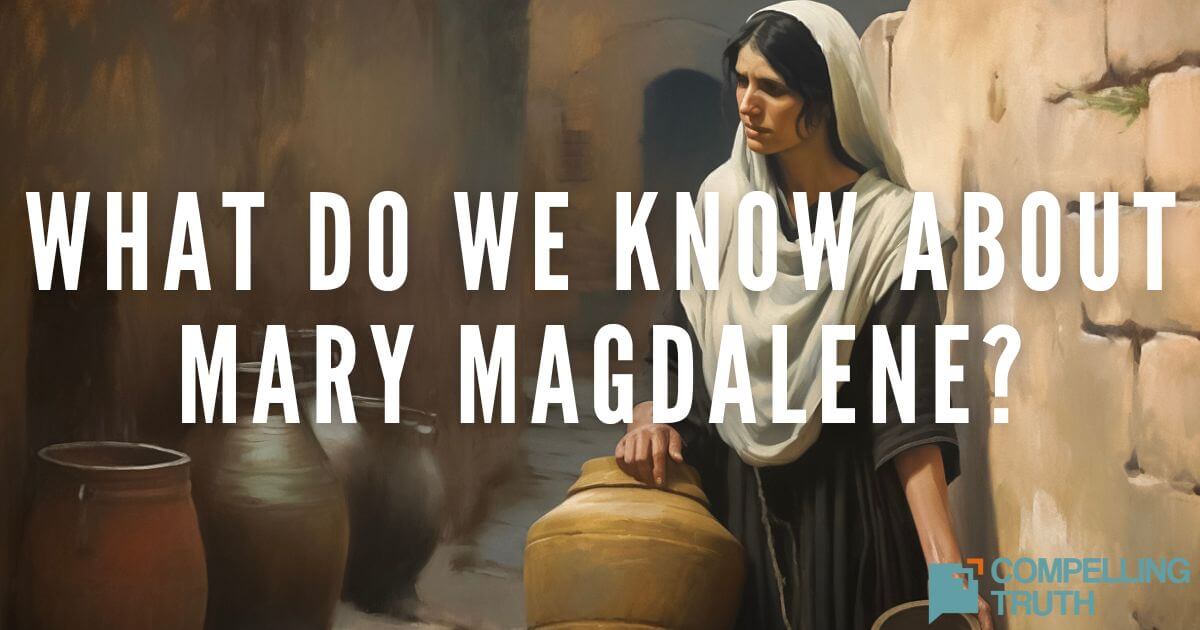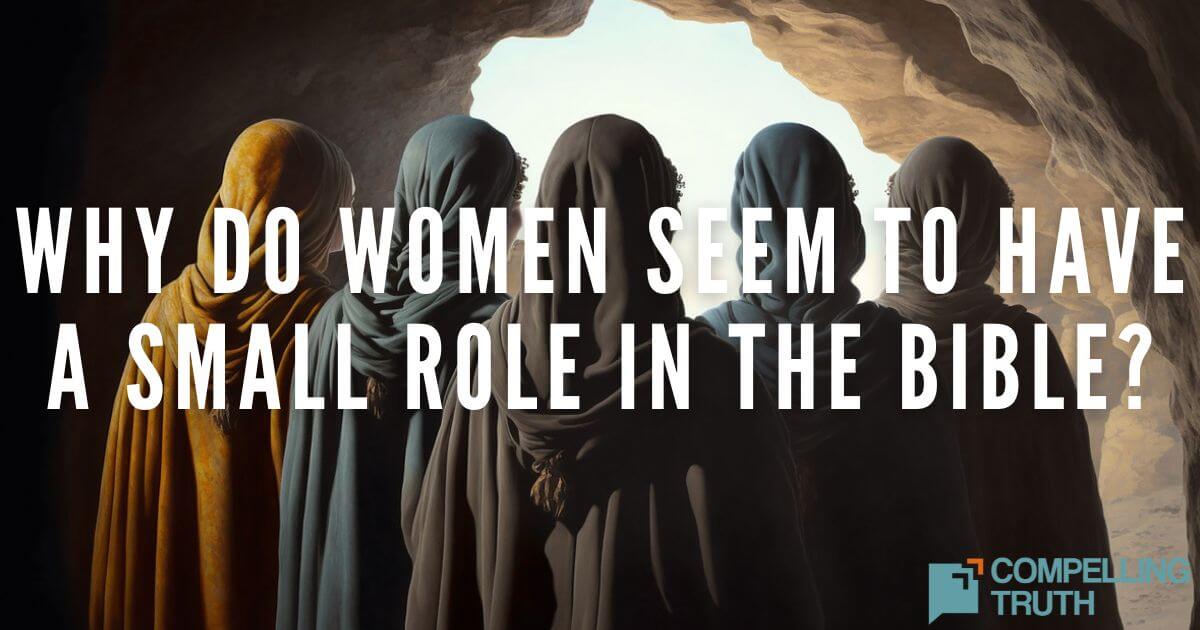Mary of Bethany is a woman who demonstrated great faith in and love for Jesus. She is best known for sitting at Jesus's feet (Luke 10:38–42), her interaction with Jesus when her brother had died (John 11), and anointing Jesus with expensive perfume before His death on the cross (John 12:1–8).
Mary of Bethany epitomizes profound faith and devotion to Jesus Christ. Her commitment to learning from Jesus is evident as she sits at His feet, absorbing His teachings with undivided attention. This posture of humility translates into her recognition of His authority and her eagerness to grow spiritually under His guidance. Additionally, Mary's emotional vulnerability is evident in her raw display of grief at the death of her brother, Lazarus, demonstrating her trust in Jesus as a source of comfort and solace. Her willingness to bring her deepest emotions before Him exemplifies a profound faith even through circumstances.
Moreover, Mary's act of service, anointing Jesus's feet with costly perfume, exemplifies her humble devotion and extravagant worship. Despite criticism from others, her gesture reflects an unreserved love for Jesus and a willingness to honor Him with her most precious possession. Mary's example challenges believers to emulate her passionate abandon in loving and serving Jesus—listening to His teachings attentively, bringing our emotions before Him in prayer, and expressing our devotion through acts of humble service. May her unwavering faith inspire us to deepen our relationship with our Savior and to love Him with all our heart, soul, mind, and strength.




